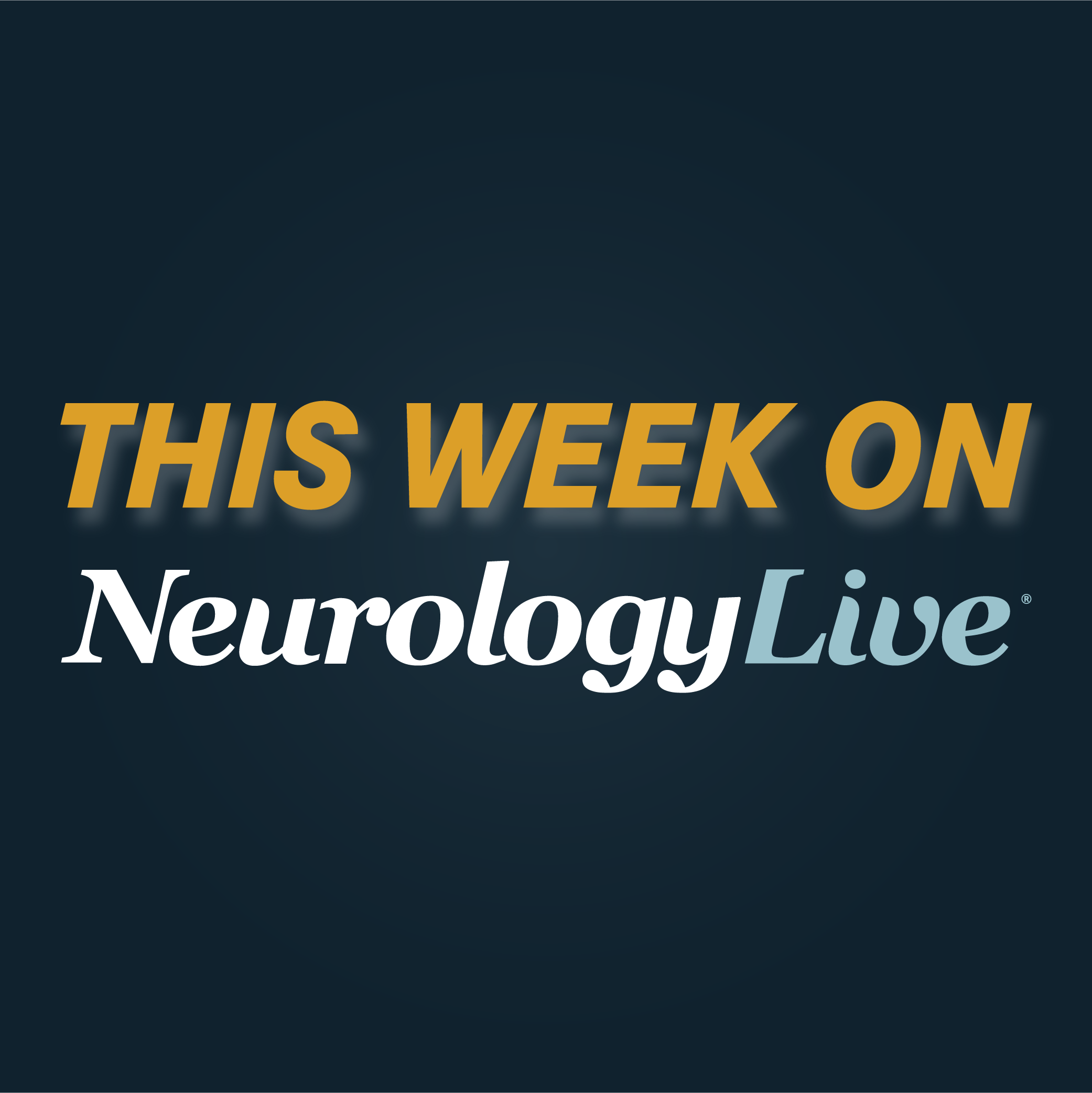News
Article
Phase 2 Findings Support Further Development of 5-HT1A Receptor Agonist NLX-112 in Parkinson Disease
Author(s):
Key Takeaways
- NLX-112 demonstrated safety and efficacy in reducing levodopa-induced dyskinesia and Parkinson's disease symptoms in a phase 2a study.
- Patients on NLX-112 showed significant improvements in UDysRS and UPDRS scores compared to placebo, indicating its potential therapeutic benefit.
NLX-112 demonstrated safety and potential efficacy in reducing levodopa-induced dyskinesia and improving motor symptoms in Parkinson disease, with additional benefits seen in patients also receiving stable amantadine.
Adrian Newman-Tancredi, PhD, DSc

In a recently published phase 2a, randomized, double-blind, placebo-controlled study (NCT05148884), treatment with NLX-112 (Neurolixis), an investigational, highly selective 5-HT1A receptor full agonist, was safe in patients with Parkinson disease (PD), and resulted in reduced levodopa-induced dyskinesia (LID) and PD symptoms. Overall, these findings warrant further investigation of NLX-112 as a drug candidate for the treatment of PD and related disorders.1
In the study, patients with PD (n = 27) were randomly assigned 2:1 to either NLX-112 (n = 18) or placebo (n = 9) alongside stable PD medications, with dosing up-titrated over 28 days to 2 mg/day. Following that, patients underwent a 14-day stabilization period, followed by a down-titration phase for an additional 14 days. Led by senior author Adrian Newman-Tancredi, PhD, DSc, chief executive officer at Neurolixis, the study primarily looked at safety, while also including other efficacy measures such as the Unified Dyskinesia Rating Scale (UDysRS), Unified Parkinson’s Disease Rating Scale (UPDRS), and Clinical Global Impression of Change (CGI-C) following a levodopa challenge (150% of usual dose).
Overall, 22 patients completed the trial, while 5 others dropped out because of withdrawal of consent (3 patients on NLX-112), scheduled deep-brain stimulation surgery (1 patient on placebo) and protocol violations (1 patient on placebo). Safety was evaluated using the full analysis set (n = 27), whereas efficacy evaluation was based on the per protocol set (n = 22). Between the 2 cohorts, 7 patients–4 on NLX-112 and 3 on placebo–experienced adverse events (AEs) that led to dose reductions or dose interruptions.
Results revealed that those treated with NLX-112 demonstrated reductions in both the total and objective UDysRS scores on days 28 and 42 compared with baseline, while those assigned to placebo showed no significant changes. Among participants receiving stable amantadine, 5 also received NLX-112 during the trial. Of these, 4 showed reduced total UDysRS scores, and 3 showed improvements in objective measures, suggesting potential additive benefit.
READ MORE: A Clinician’s Perspective on First-in-Human Data for LRRK2 Degrader ARV-102
When focusing on anti-parkinsonian actions of NLX-112, investigators continued to see promising results. Overall, when compared with baseline, those in the NLX-112 group demonstrated significant improvements in total UPDRS scores while those on placebo had no such changes. On day 28, the NLX-112 group showed significant improvements in UPDRS Part 2. Part 3 scores decreased more in the NLX-112 group than placebo, with significant reductions seen on both days. Part 4 scores also enhanced significantly within the NLX-112 group on both days, while the placebo group showed improvement only on day 28.
"As concerns the mechanism of action of NLX-112, its anti-LID activity likely involves activation of raphe 5-HT1A autoreceptors and the consequent inhibition of serotonin neuron activity, thereby reducing conversion of levodopa to DA by these neurons," the study authors commented. "Indeed, NLX-112 preferentially activates specific cellular signaling cascades (via Gαo G-proteins) and shows accentuated activity in brain regions associated with motor control.20 Such biased agonist properties may underlie its superior profile compared with previous serotonergic drugs."
On exploratory outcomes, more patients on NLX-112 rated their condition as "minimally improved," "much improved,” or "very much improved." Overall, 33% and 53% of patients were categorized as this at days 28 and 42, respectively, compared with 29% in the placebo group for both days. Notably, there were no consistent statistically significant effects on other exploratory objectives or scales such as King’s Parkinson’s Disease Pain Scale, International Consultation on Incontinence Questionnaire-Overactive Bladder Module, Epworth Sleepiness Scale, Hospital Anxiety Depression Scale, and Parkinson’s Disease Questionnaire.
A total of 103 adverse events (AEs) across 23 patients were recorded throughout the study, with a higher incidence reported during the up-titration period in both treatment groups. Between those on NLX-112 and placebo, there were no obvious difference in AE-reporting frequency, severity, or causality assessments. No serious adverse events occurred in the NLX-112 group, while one placebo-treated participant experienced a possibly treatment-related SAE (severe syncope) but completed the study.





